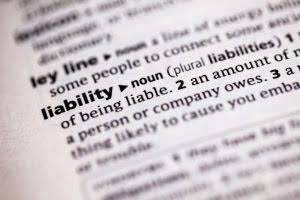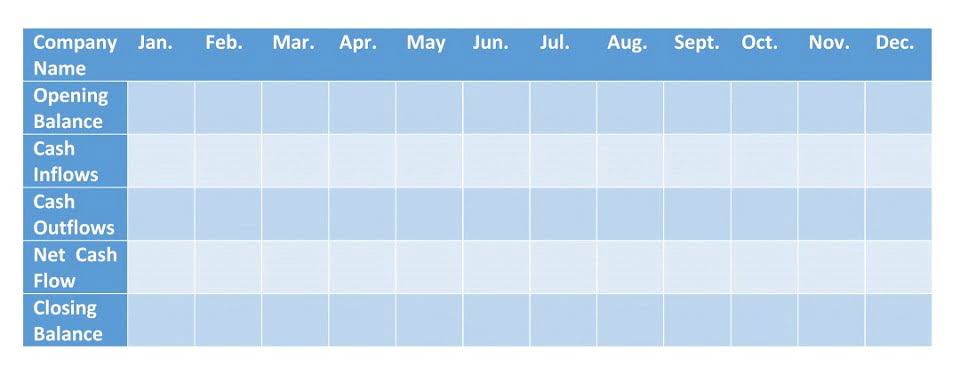A comprehensive guide to accounting for therapists

Get free articles, guides, and tools developed by our experts to help you understand and manage your private practice finances. The “expense” category encompasses every way your practice spends money, covering everything from liability insurance to paper clips. For that reason, it’s likely to be the largest category on your chart of expenses.
manage
For example, you’d record a sale when you send the invoice, not when the customer pays. While you may think of bookkeeping as a necessary evil—something you must do to avoid IRS trouble—it actually has many benefits beyond making tax time easier. The business owner I https://www.bookstime.com/articles/bookkeeping-for-therapists was talking with looked like she was on the verge of tears. She and her husband owned a business they wanted to sell, but they were several years behind on bookkeeping and tax filings. They had no chance of selling the business in the shape it was in. Now they had lost vital records that would take hours to pull together—if they could find the information they needed at all.
- A therapist’s main duties is to help their clients keep healthy mentally and emotionally.
- As part of regular bookkeeping, you (or your bookkeeper or accountant) draw on information in your general ledger to generate balance sheets and profit and loss (P&L) statements for your business.
- A good financial accountant for therapists can be your financial best friend all year.
- When the balance sheet doesn’t balance, and you don’t know why, it’s probably time to get help, Walters suggests.
- If it takes too long for clients to pay, your ability to meet your short-term obligations suffers.
AccountsBalance
- With steady cash flow, you can cover all the essentials—from rent to staff pay—without the added worry of financial gaps.
- Most small businesses, including independent contractors and freelancers, operate on a cash basis.
- In the business of mental health therapy and coaching, professionals are usually focused on their clients and providing the support that they need.
- A physical filing system involves storing your financial documents in physical folders and filing cabinets.
- Set up regular review periods to catch issues early, and don’t hesitate to ask for professional help if you find yourself making these common mistakes repeatedly.
- For therapists, this means more than just logging income and expenses.
A good bookkeeper should be able to explain their processes clearly and demonstrate how they’ll add value to your business. If they don’t already work with your CPA, they should be willing to do that. See your business cash flow trends and balance forecasting — any time, anywhere — with Nav’s Cash Flow Health.

Key Accounting Principles for Therapists
To stay organized, set up a chart of accounts in your accounting software. This ensures each expense is tracked and categorized correctly, making tax season less stressful and more efficient. Working with a bookkeeper who understands the ins and outs of bookkeeping for therapy practices can also be a great way to maximize deductions and save time. They can help you determine additional deductions and ensure compliance with IRS regulations. Missed payments, delayed insurance reimbursements, or untracked expenses adjusting entries can easily disrupt your finances. That’s why having a reliable, comprehensive system for billing, invoicing, and daily expenses is key.

You run the risk of claiming a personal expense as a business expense, which could land you in hot water with the IRS. Just like your therapy patients need your professional services to live well, your bookkeeping needs regular updates to keep your business financially healthy. Falling behind on your bookkeeping means you’ll constantly find yourself rushing to catch up and file your taxes on time.


Your accounting software can help automate much of this process, and you may even be able to use integrations to speed things up. For example, linking your point-of-sale system directly to your bookkeeping software can automatically record sales and categorize them bookkeeping for cleaning business appropriately. You’ll also need to choose between using a calendar year or fiscal year. A calendar year, January 1 to December 31, is the most popular choice for many small businesses, especially those with relatively steady revenue throughout the year. It’s simpler to manage since it aligns with personal tax returns and most standard financial reporting timeframes.

